The Top Calving Pen Design Mistake (And How to Fix It Fast)
Why Corners Create Stress, Safety Risks, and Handling Challenges
Go Back to All BlogsPosted on: November 25, 2025
Updated on: November 25, 2025
Author: Janelle Hulme
SHARE:
We've all heard a story about an accident happening in the corner of a cattle pen. And although we know corners can be dangerous for cattle operations, we still see them in many facilities. From a construction standpoint, corners are easier to build. However, from a cattle handling and human-safety standpoint, it's important to keep your cows out of the corners, especially in your calving pen.
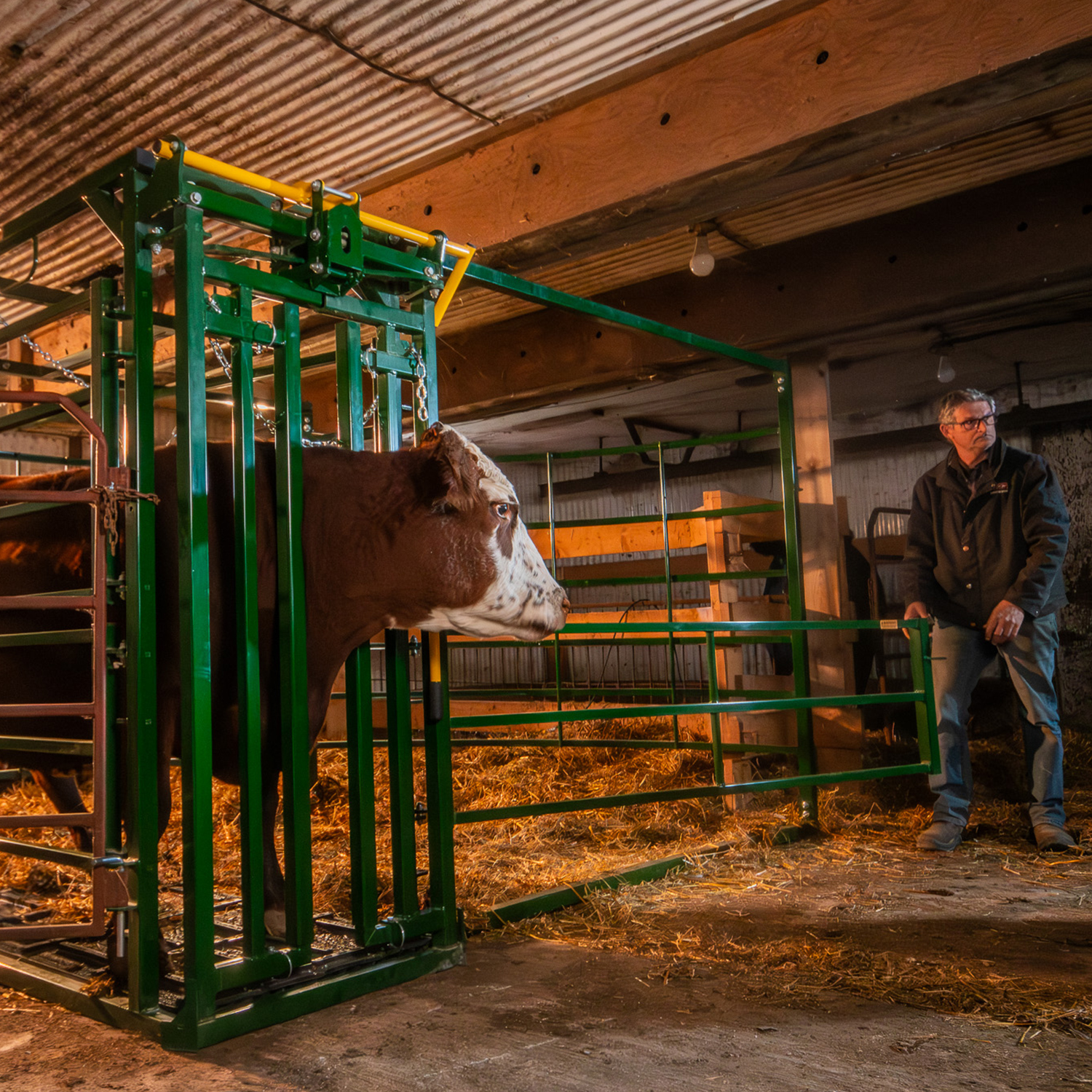
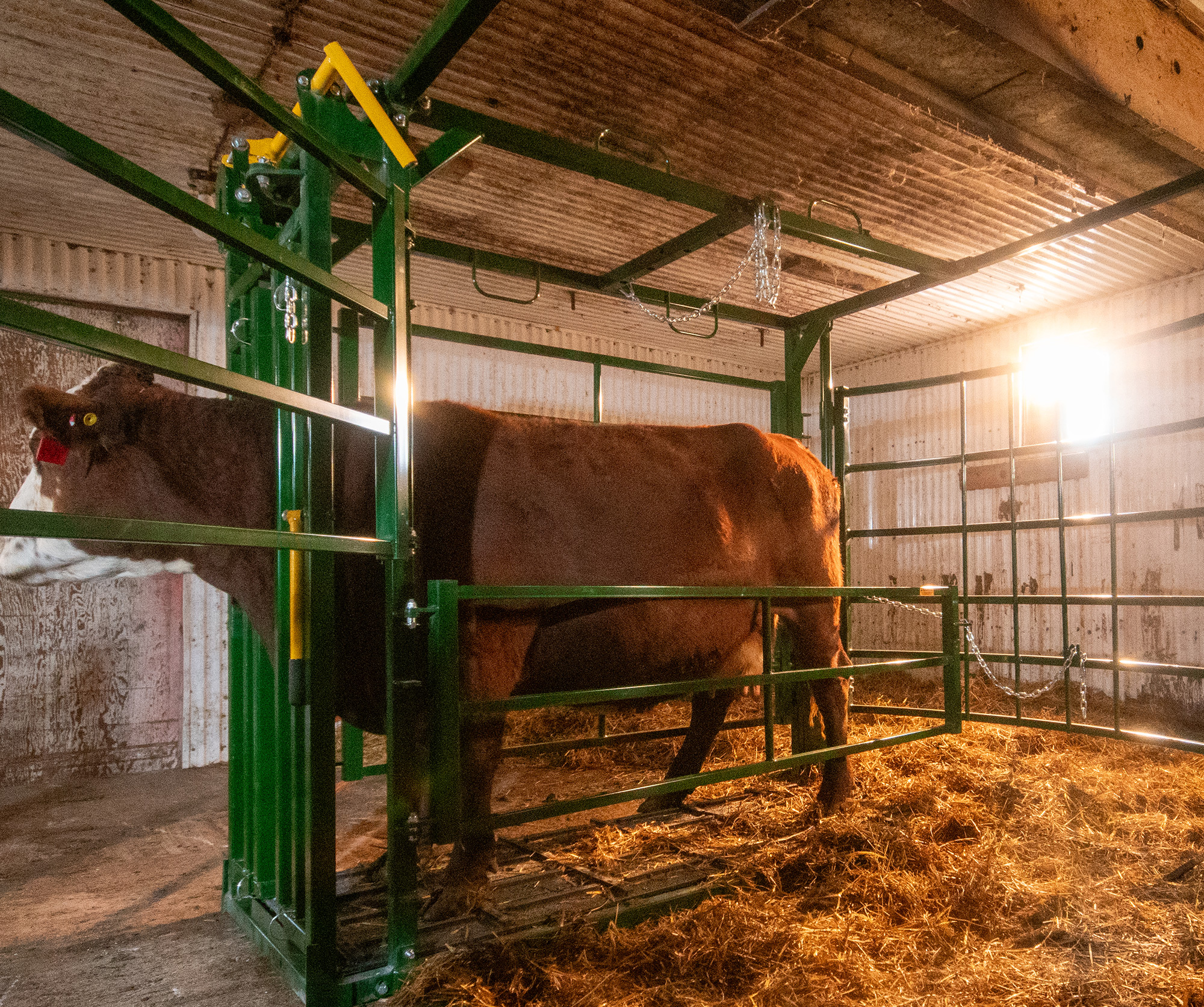
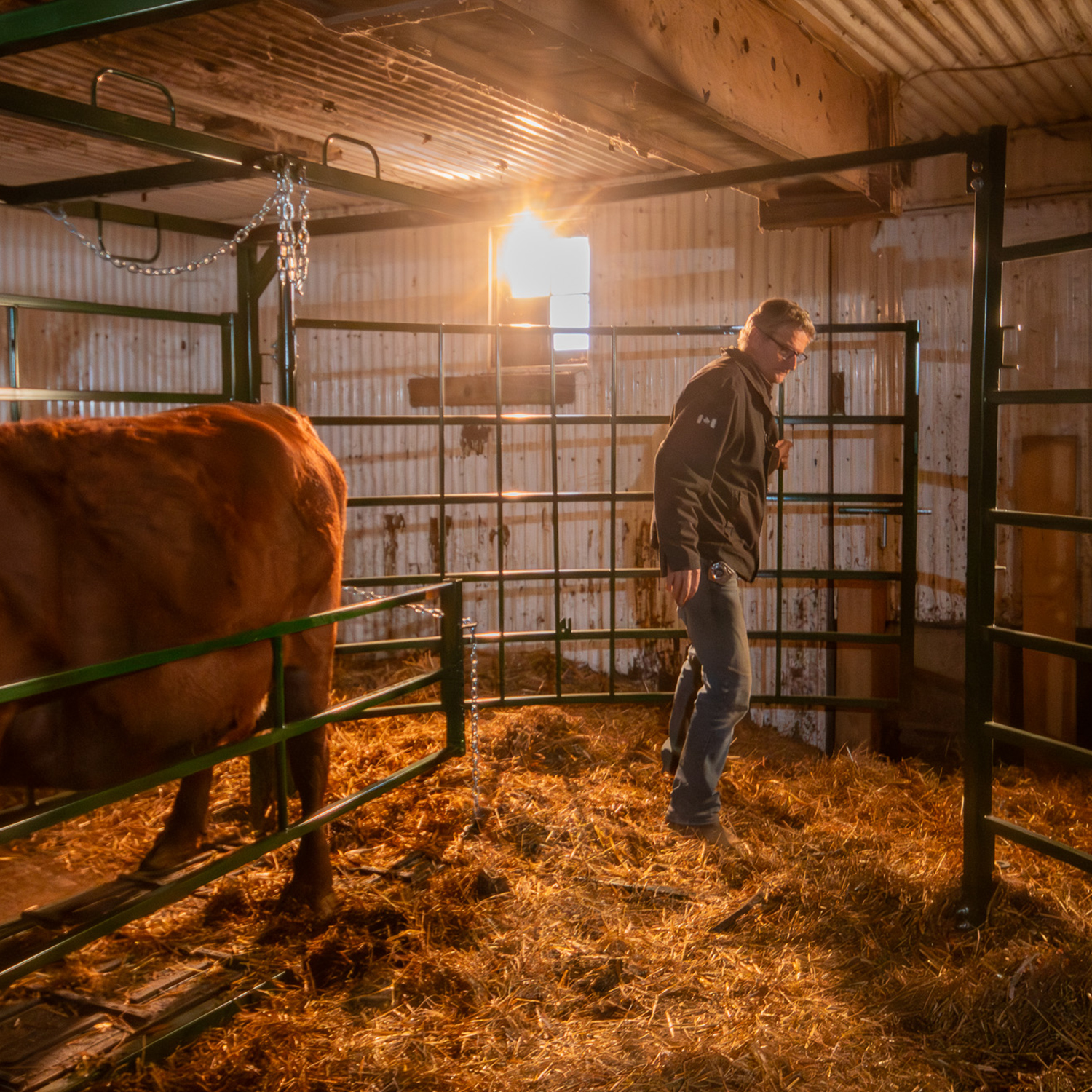
Stressed cattle naturally move toward corners, which then requires handlers to enter that confined space to move the animal. In this situation, cattle become unpredictable, and it can quickly become dangerous. Cows also change their behavior at calving due to hormones and maternal instinct. This magnifies the fight-or-flight response, creating high-stress scenarios.
Because of this, it is vital to set up a calving pen that reduces stress for the cow. A low-stress environment also leads to safer conditions for veterinarians and cattle handlers. Gates and panels in the calving pen should be able to be moved quickly and quietly, working with natural cattle instincts and avoiding unnecessary pressure.
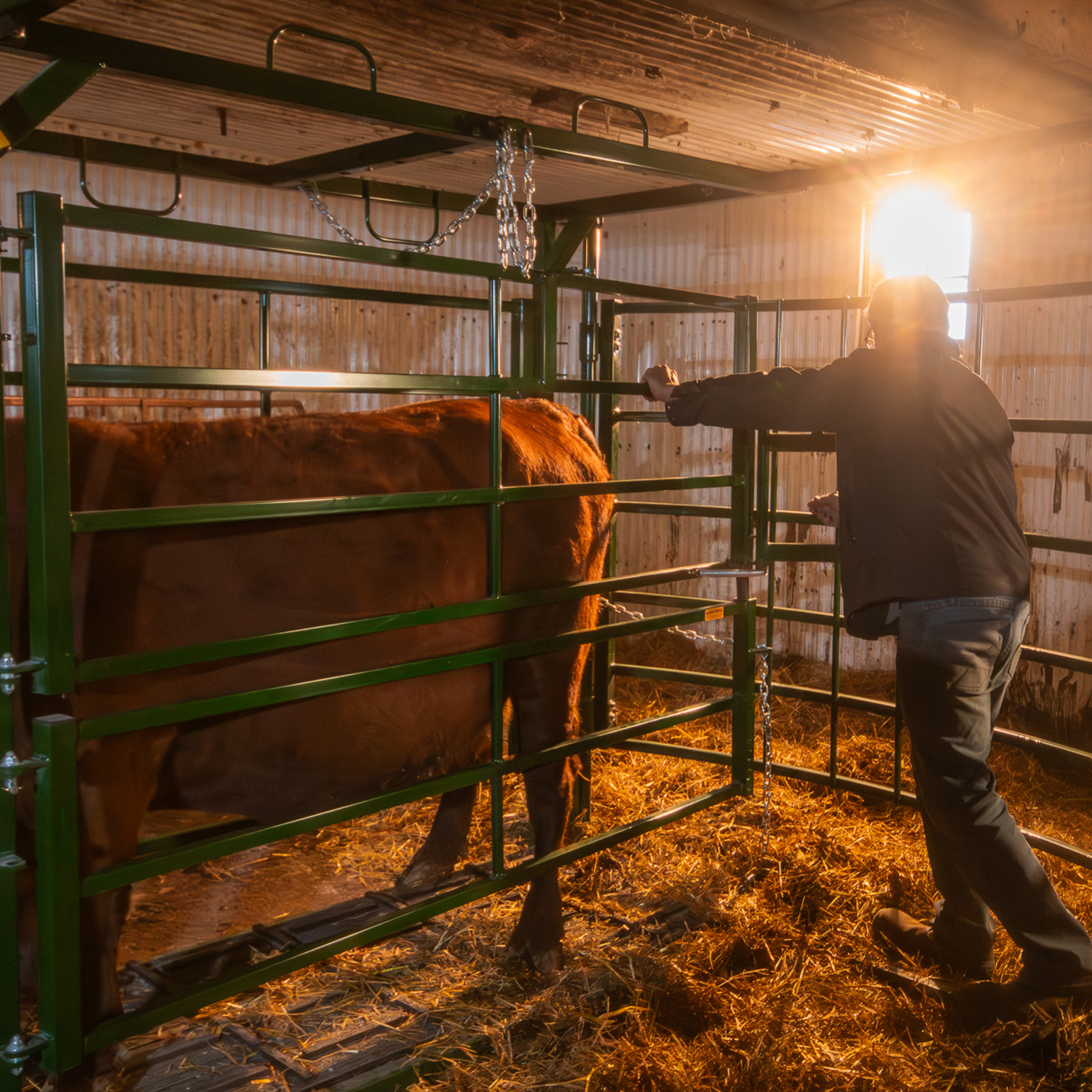
The primary role of a calving pen is to provide a safe, secure, and private area for a cow to calve unassisted. To achieve this, we need to incorporate basic low-stress cattle handling principles and our understanding of animal behavior into the calving pen layout.
The short version is this: when cattle enter a corner, the handler must step directly into the animal’s flight zone to move her out. This creates extra pressure the animal cannot avoid. Cattle prefer to move around the handler, but when they’re in a corner, they have limited options to do this safely.
Handlers may also find themselves in the cow’s blind spot when trying to move her out of a corner, significantly increasing the risk of injury to both handler and animal. Self-defense behaviors in cattle include kicking, stomping, head butts, and squeezing. A handler working between the wall and the animal is exposed to all of these risks.
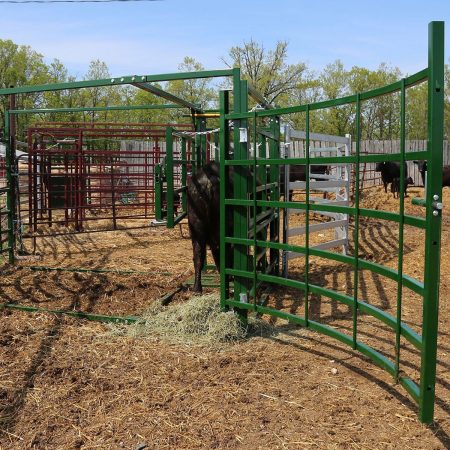
As prey animals, cattle will always look for an escape route rather than accept restraint. A properly designed handling system reduces stress through noise control, by aligning with animal behavior, and by easing cattle into and out of a restraint or head gate. The same principles apply to your calving pen design.
Cattle have excellent memories, and improper handling creates long-term negative associations—similar to a predator attack. Stressful experiences in the calving pen can have lasting behavioral effects. You can avoid this by putting as much care into calving pen design as you do into other working areas of your operation. One of the simplest improvements is eliminating corners in your calving pen.
Phil Durst, an Extension Dairy Educator from Michigan State University, states that a good calving pen should meet four objectives:
Low stress
Low health risk
Adequate privacy
Convenience for cattle handlers and veterinarians
Calf mortality rates are lower in dedicated calving pens because a clean, well-designed space supports better health for both cow and calf.
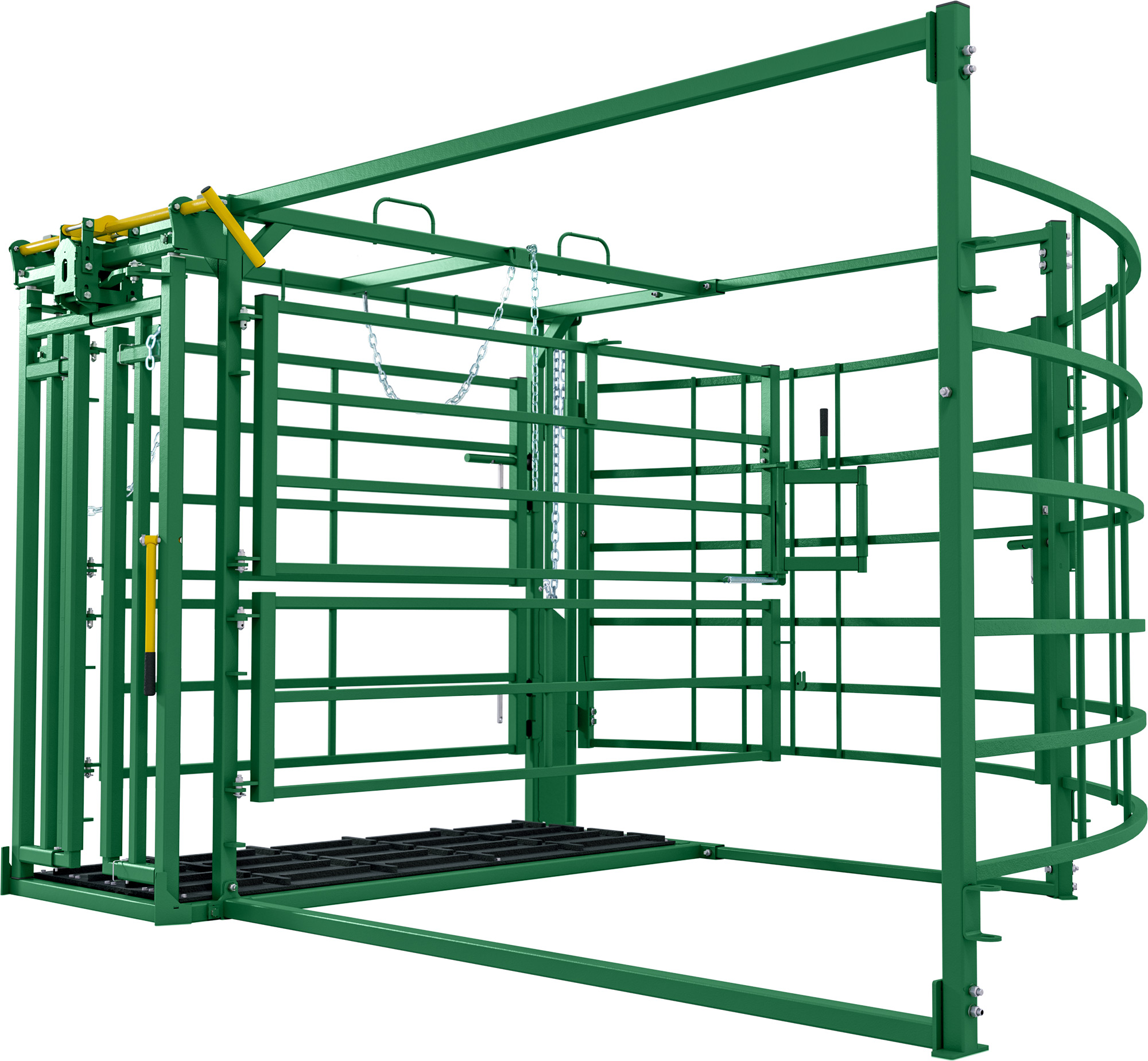
In many operations, the calving or maternity pen also serves as a hospital pen for sick animals. This is often due to space constraints, but also because a head gate is frequently installed in that area. If your calving pen has multiple uses, it is critical that it is cleaned and disinfected thoroughly before each calving. Ideally, the pen should be disinfected after every use.
Bacteria and disease from sick animals—or even healthy ones—can be transmitted through manure and contaminate the calving environment. This can cause illness in newborn calves or lead to uterine infections in cows. Disinfecting the area immediately after use helps reduce disease risk. When possible, we recommend keeping your calving pen and hospital pen separate.
Cooperative Extension agents are an excellent resource for designing or improving your calving pen layout, and for guidance on proper cleaning and disinfection. Your veterinarian can also help develop a biosecurity protocol tailored to your operation.
If space or finances are a concern, consider using a portable cattle chute or portable handling system. These systems can be moved between pastures or to wash areas for easier cleaning and disinfecting. Portability provides flexibility during calving season and keeps your handling areas sanitary.
From a design standpoint, eliminating corners in your calving pen may require time and investment. However, once the updated system is in place, the return is immediate when you factor in reduced stress, improved cow behavior, and increased safety for your team.